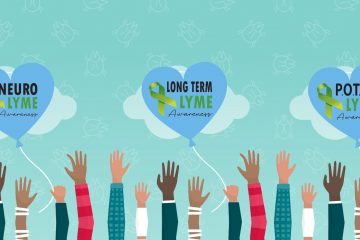T he Tick-Borne Disease Working Group was authorized by the 21st Century Cures Act, which was passed and signed into law in 2016. The idea was to bring together a wide variety of viewpoints and subject matter experts to figure out the best federal response to Lyme and other tick-borne diseases.
The Working Group does not have the authority to pass laws. It can only recommend congressional action, which it will do in the form of reports submitted to Congress in 2018, 2020, and 2022.
Tick-Borne Disease Working Group Process
The process established for the Working Group requires process integrity and transparency under FACA and the Sunshine Act. This means that:
- a balance in points of views must be represented on the Working Group;
- meetings must be open to the public, who must be informed of meetings at least 15 days in advance;
- there must be opportunities for public comment;
- Working Group recommendations must be accessible to the public; and
- Working Group minutes, reports, expenses, and related documents must be available to the public.
The Working Group met seven times between December 11, 2017, and July 24, 2018. Some of these meetings were web-based and some were in person.
Tick-Borne Disease Working Group Subcommittees
To help accomplish its goals, the Working Group established subcommittees composed of group members and other individuals with tick-borne disease expertise and knowledge. The six subcommittees were:
- Access to Care Services and Support;
- Disease Vectors, Surveillance, and Prevention;
- Tick-Borne Diseases and Co-Infections;
- Pathogenesis, Transmission, and Treatment;
- Testing and Diagnostics; and
- Vaccines and Therapeutics.
These subcommittees conducted regular meetings via telephone to consider relevant issues. For example, the subcommittee I served on—Pathogenesis, Transmission, and Treatment—met once a week by phone for an hour and a half. These meetings usually started with one or two presentations on a topic under consideration and were followed by extensive discussion…….. Join or login below to continue reading.




























